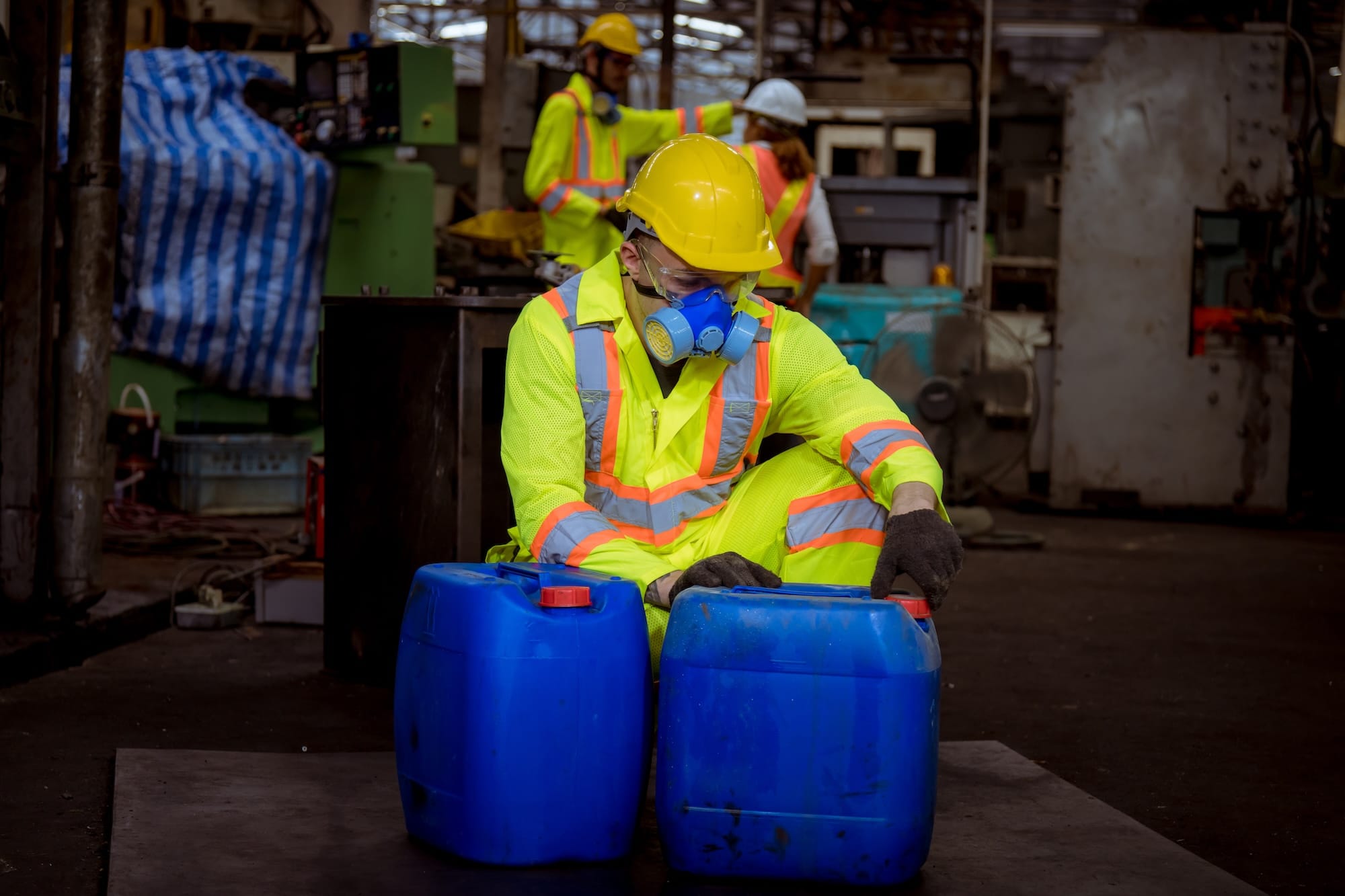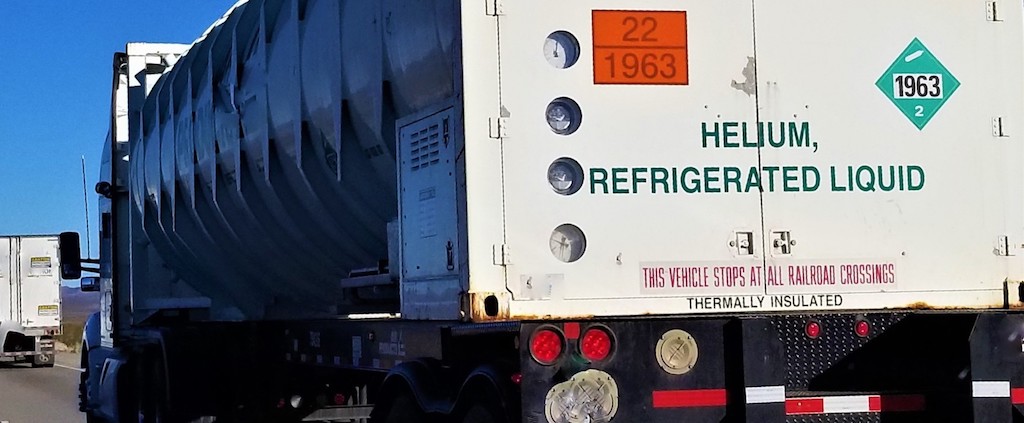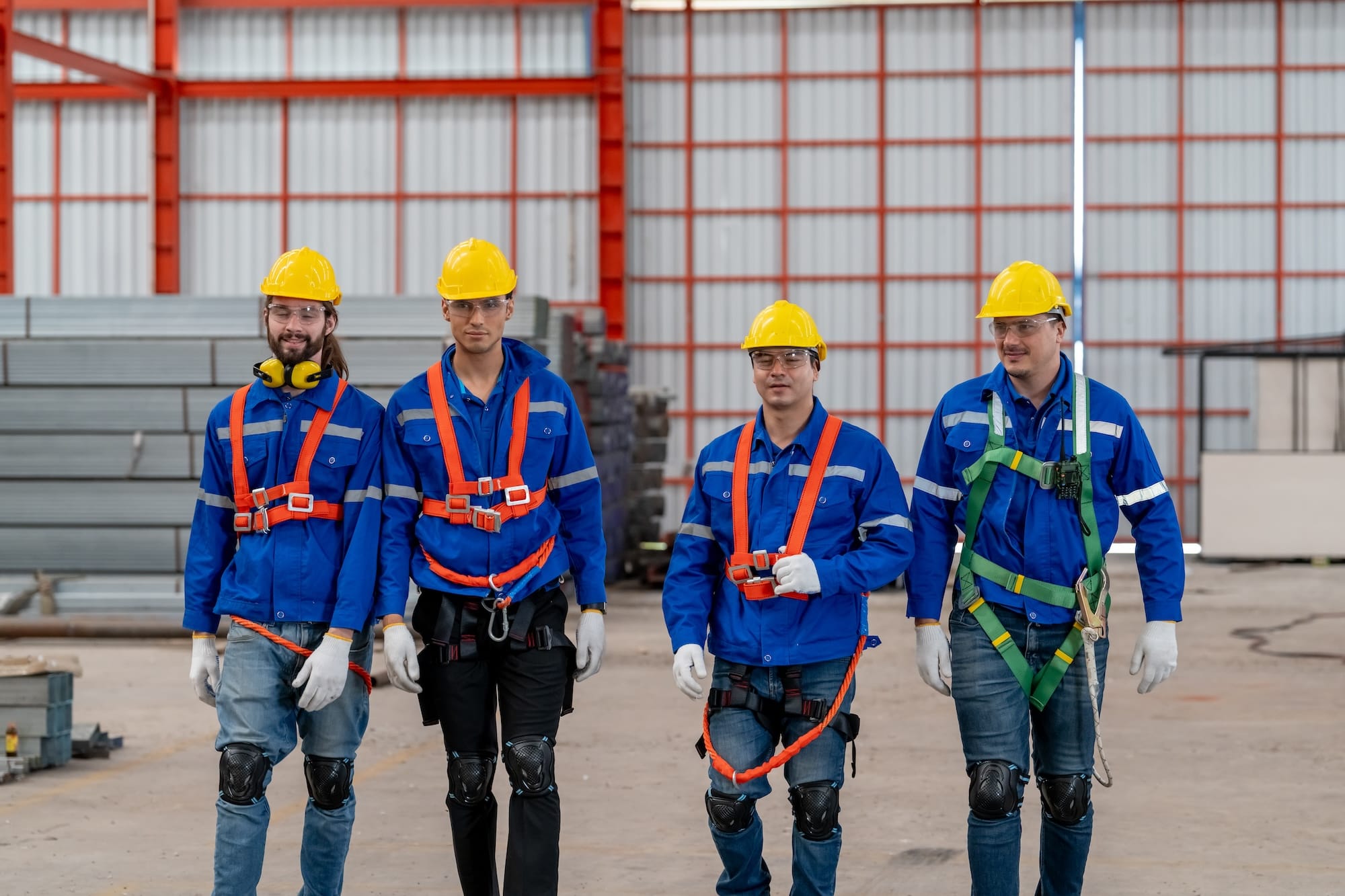"CARE,PROTECT,GROW": THE U.S.COMPLIANCE BLOG
Filter by Topic

Understanding and Preventing Heat Stress in the Workplace
As temperatures rise during the warmer months, so do the risks of heat exposure in the workplace. Employees across many industries are vulnerable to heat stress, a serious condition if not properly managed. With growing concerns around employee safety, productivity, and regulatory compliance, employers must take steps to mitigate the impact of heat in their working environments. This article explores how heat stress occurs, who is at risk, common symptoms, and practical strategies to protect your workforce and maintain a safe, compliant work environment.

Streamlining Chemical Management With the SDS Manager
Safety Data Sheets (SDSs) under the OSHA Hazard Communication Standard, are critical to ensuring workers have access to the information they need about the chemicals they handle. To support manufacturers in meeting these requirements, the SDS Manager provides a structured, reliable solution for managing chemical safety data and maintaining regulatory compliance.

Identifying PFAS in Your Industrial Water Systems
As regulatory agencies intensify their focus on environmental protection, Per- and Polyfluoroalkyl Substances (PFAS) have become a critical concern in water management. This article provides a comprehensive overview of PFAS chemicals, current and emerging water regulations, and practical guidance on how manufacturing facilities can identify sources of PFAS and implement compliant water management strategies.

What are OSHA’s Industrial Hygiene Testing Requirements?
Industrial hygiene plays a crucial role in identifying, evaluating, and controlling these hazards to ensure worker safety and regulatory compliance. As organizations strive to create healthier workplaces and reduce occupational illnesses, understanding the principles of industrial hygiene and its regulatory implications becomes essential. This article will explore the fundamentals of industrial hygiene, whether industrial hygiene testing is required by the Occupational Safety and Health Administration (OSHA), the general requirements employers must follow, what is commonly tested in workplace settings, and the U.S. Compliance testing process.

DOT Hazardous Materials – Understanding the Core Requirements
The transportation of hazardous materials (HazMat) within the United States is governed by the Hazardous Materials Transportation Act. These regulations are designed to “protect against the risks to life, property, and the environment that are inherent in the transportation of hazardous materials.” These regulations, found in Title 49 of the U.S. Code of Federal Regulations (CFR), establish the classification, labeling, packaging, and transport of hazardous materials as mandated by the Department of Transportation (DOT).

U.S. Compliance Acquires OECS, Inc.
Creator of Compliance as a Service (CaaS) expands its presence in the Upper Midwest. U.S. Compliance (USC), a national provider of environmental, health and safety (EHS) services, announced today that it has acquired OSHA/Environmental Compliance Systems (OECS), a leader in EHS consulting headquartered in St. Louis Park, MN, with a strong presence in Minnesota and surrounding states. The acquisition of the Minnesota-based OECS further solidifies USC’s market leading position and builds further density in the region.

Developing an Effective Electrical Safety Training Program
Electrical hazards pose a significant risk in manufacturing and industrial settings. A comprehensive electrical safety training program is essential to ensuring employees are equipped with the knowledge and skills necessary to prevent injuries and fatalities. Proper training not only helps organizations remain compliant with Occupational Safety and Health Administration (OSHA) regulations but also fosters a strong culture of safety.

Introducing the EHS Management Suite: Your Complete Digital EHS Solution
The EHS Management Suite is a comprehensive digital solution designed to streamline Environmental, Health, and Safety (EHS) operations. This innovative platform helps organizations improve safety management, ensure regulatory compliance, and drive operational efficiency. With real-time data and streamlined reporting, these integrated tools enable proactive risk management across an organization.

WAIRE Compliance for Southern California Locations
If you own or operate a warehouse or facility with warehouse space in the area regulated by the South Coast Air Quality Management District (SCAQMD), you may be subject to the Warehouse Actions and Investments to Reduce Emissions (WAIRE) Program. The Annual WAIRE Report (AWR) is due January 31, 2025 for those locations with a warehouse size greater than or equal to 100,000 square feet and less than 150,000 square feet for the operating year of 2024.

Keeping Workers Safe with Fall Protection
Falls are one of the leading causes of workplace injuries and fatalities, highlighting it as an essential focus for any industrial organization. Whether working on rooftops, scaffolding, or elevated platforms, having the right systems and protocols in place can mean the difference between a near miss and a tragic accident. This article explores when fall protection is required, the ABCD’s of fall protection, the importance of effective fall arrest lanyards, and proper inspection procedures to ensure safety systems perform as intended.

Are You Ready for The New TSCA PFAS Reporting Requirements?
The U.S. Environmental Protection Agency (EPA) has published an extensive wide-ranging final rule that requires companies to report per- and polyfluoroalkyl substances (PFAS) manufactured, including imported, in the United States under the Toxic Substances Control Act (TSCA). This Rule does not solely extend to traditional chemical manufacturers but is inclusive of importers of products that contain one or more PFAS compounds.

IR Scanning Best Practices: Protecting Equipment, Employees, and Facilities
Infrared (IR) scanning, also known as thermographic or thermal imaging, is a vital technology used across industries to detect potential issues in electrical and mechanical systems before they escalate into costly or hazardous failures. By capturing temperature variations invisible to the naked eye, IR scanning can identify anomalies that signal potential failures, energy inefficiencies, and safety risks. This technique is particularly useful for equipment inspection, predictive maintenance, and ensuring compliance with industry safety standards. In this article, we will explore the purpose and scope of IR scanning, examine relevant regulatory requirements, and outline best management practices and effective control methods to enhance both equipment reliability and employee safety.
